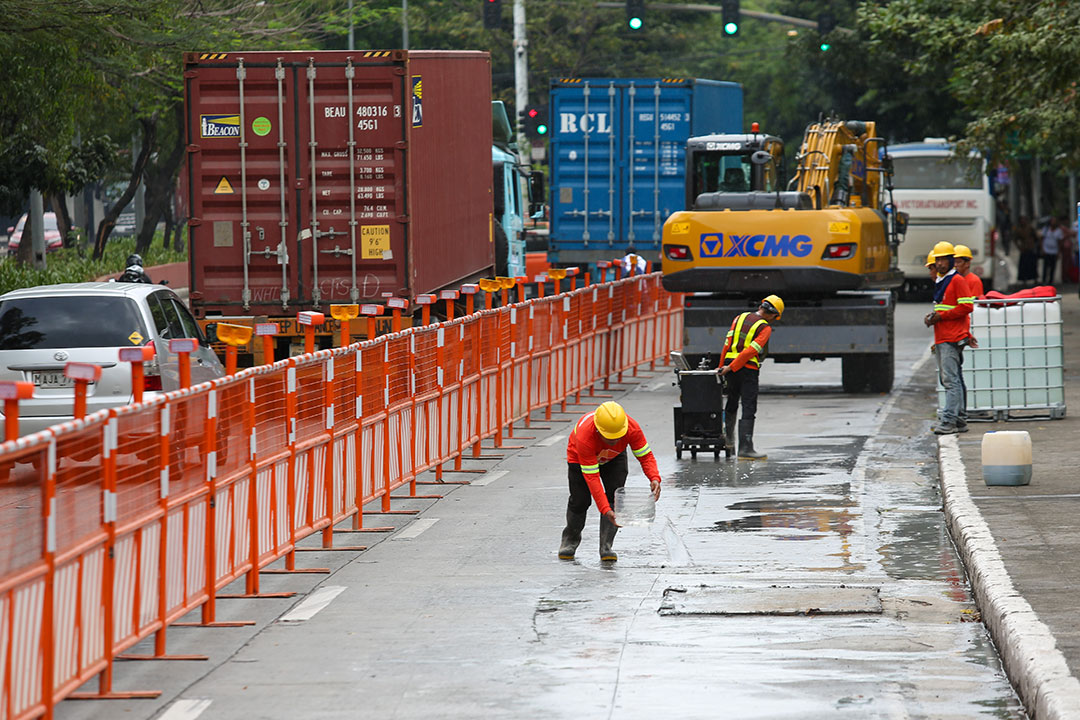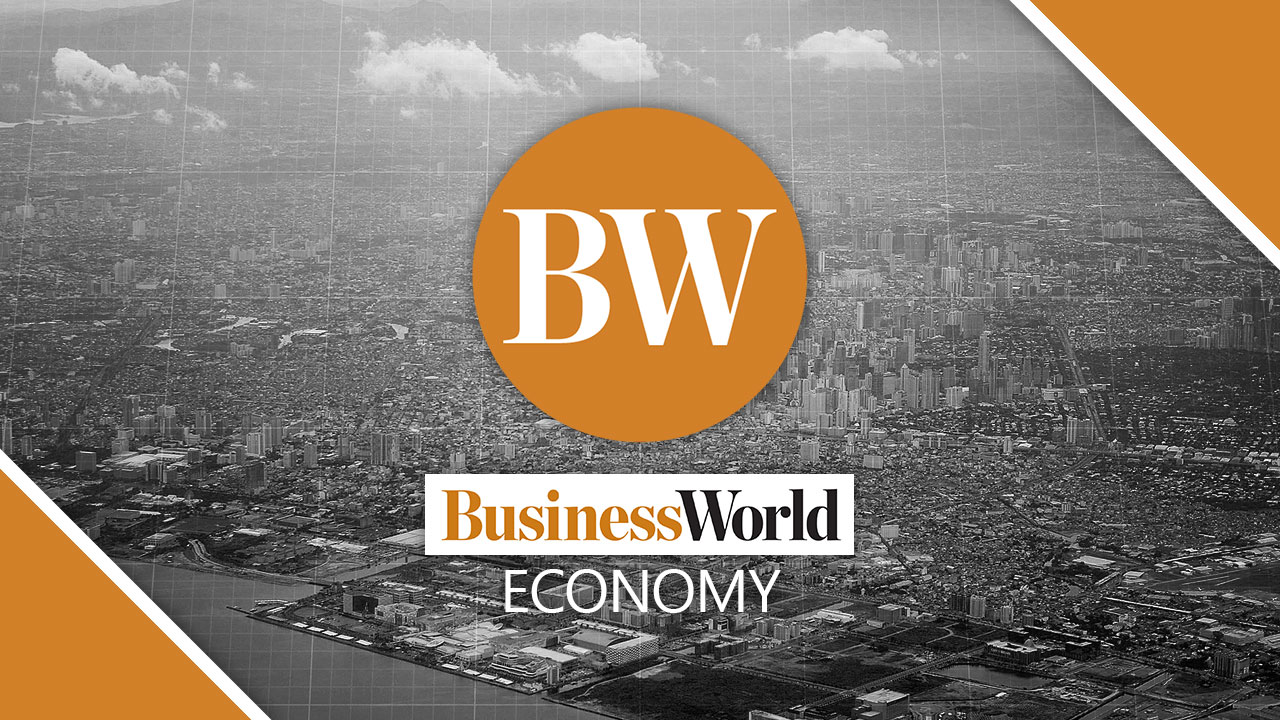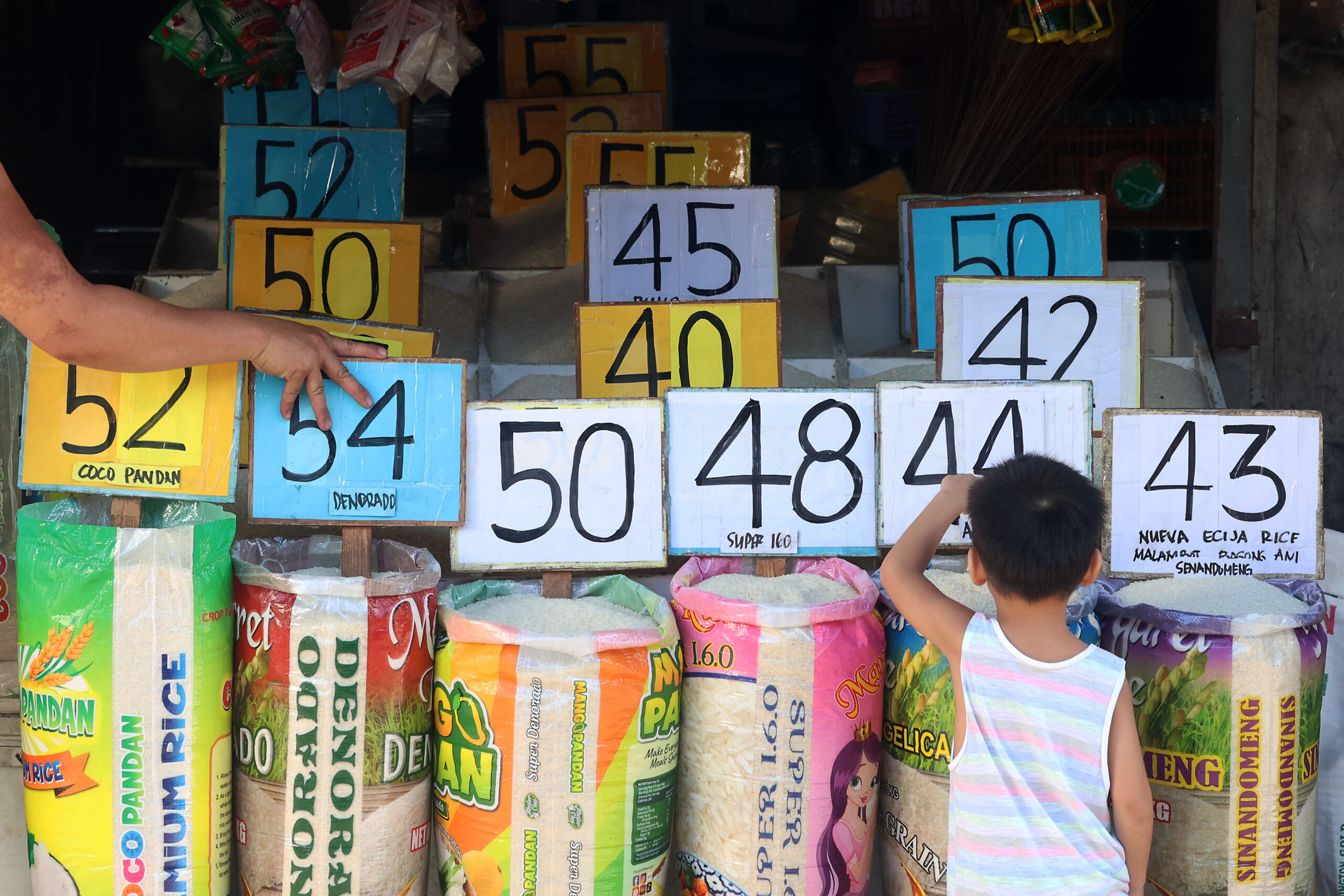
Upgrade to High-Speed Internet for only ₱1499/month!
Enjoy up to 100 Mbps fiber broadband, perfect for browsing, streaming, and gaming.
Visit Suniway.ph to learn
 GOVERNMENT EXPENDITURES on infrastructure and other capital outlays jumped by 10.1% to P1.33 trillion in 2024. — PHILIPPINE STAR/ NOEL B. PABALATE
GOVERNMENT EXPENDITURES on infrastructure and other capital outlays jumped by 10.1% to P1.33 trillion in 2024. — PHILIPPINE STAR/ NOEL B. PABALATEINFRASTRUCTURE SPENDING slumped by nearly 20% in December, but still exceeded the full-year program, the Department of Budget and Management (DBM) said.
Latest data from the DBM showed that spending on infrastructure and other capital outlays fell by 19.8% or P36.3 billion to P146.7 billion in December 2024 from P183 billion in the same month in 2023.
“This was attributed to the combined impact of the base effects of high capital disbursements in 2023, as well as the ongoing processing and release of cash allocations for payments of completed and ongoing capital outlay projects of various departments/agencies during the latter part of 2024,” the DBM said.
For the full-year, expenditures on infrastructure and other capital outlays jumped by 10.1% to P1.33 trillion from P1.2 trillion in 2023. This also exceeded the P1.24-trillion program by 6.7%.
The DBM attributed the faster infrastructure spending to the implementation of the Department of Public Works and Highways’ (DPWH) banner infrastructure projects as well as defense modernization projects of the Department of National Defense.
DBM data showed overall infrastructure disbursements rose by 8.9% to P1.545 trillion in 2024 from P1.42 trillion in 2023. It exceeded the P1.473-trillion program for 2024 by 4.9%.
“This was equivalent to 5.8% of GDP, well within the 5-6% target for 2024 and sustaining the 5.8% outturn in 2023,” the department said.
Infrastructure disbursements also include infrastructure components of subsidy and equity to government-owned and -controlled corporations and transfers to local government units.
“This was credited mainly to the accelerated infrastructure spending of the DPWH for its accelerated implementation of construction activities, particularly from carry-over or previous years’ projects, progress billings from completed ongoing infrastructure projects, as well as the direct payments made by development partners for foreign-assisted rail projects of the Department of Transportation,” the DBM said.
Oikonomia Advisory and Research, Inc. Economist Reinielle Matt M. Erece said the P122.2-billion increase in infrastructure and capital outlays in 2024 was partly driven by defense modernization programs of the government.
“This can be in response to the heightened geopolitical tensions felt by a lot of countries,” he said.
Rizal Commercial Banking Corp. Chief Economist Michael L. Ricafort said faster infrastructure spending last year can be partly attributed to preparations for the May elections.
“(This is) part of the preparations for the midterm elections, as basis for accomplishments that are consideration for the voters to choose some candidates based on their completed projects and programs,” he said.
Mr. Ricafort said the government likely expedited infrastructure projects in the first three months of 2025 ahead of the election ban.
The Commission on Elections’ ban on public works spending began on March 28 and will run for 45 days. The midterm elections are scheduled for May 12.
Mr. Erece said he expects slower infrastructure spending as the government “reviewed and removed some of the unprogrammed appropriations and other expenses that the administration felt were unneeded, at least in the short term.” — Aubrey Rose A. Inosante




